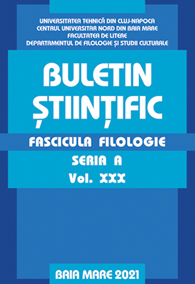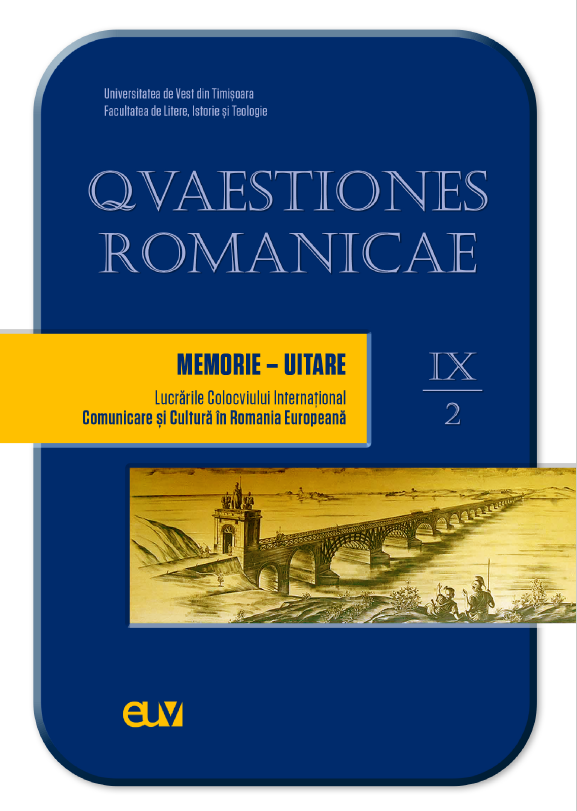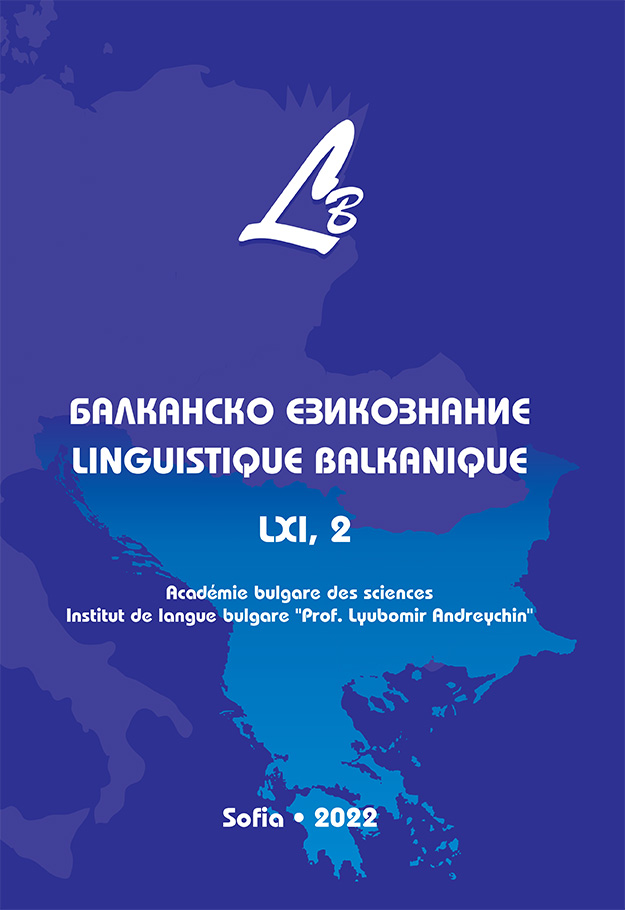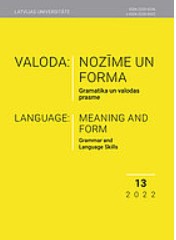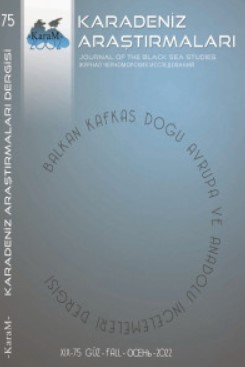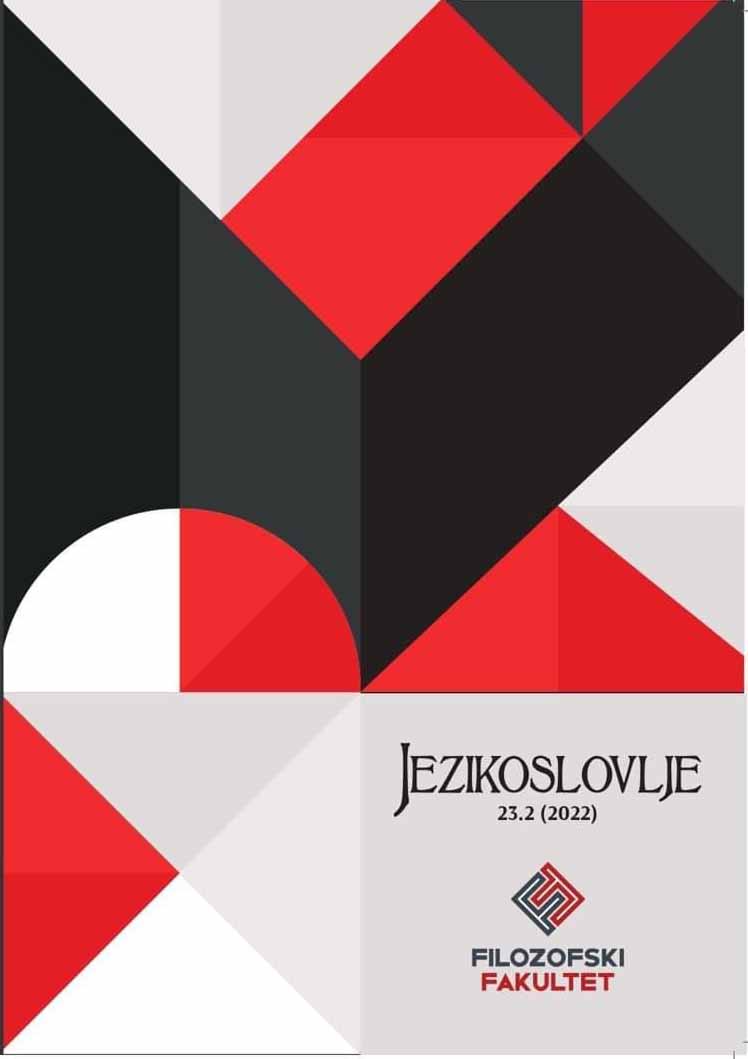Lõuna-Eesti a(h)i- ~ ä(hi)i-alguliste kohanimede päritolust
The paper starts with a detailed survey of the study history of the place names with ahi- ~ ähi- and ai- ~ äi-stems, which are used in South Estonia. Linguists have associated the ahi-initial toponyms (for example Ahja, Aheru), some of which have changed into ähi- and even ai- ~ äi-initial words, with the Mulgi dialect word ahikotus ’sacrificial place’. The meaning of the Estonian protoform *ahti : *ahδi- (Finno-Ugric *ašt-) has been reconstructed as ’sacrifice’, which interpretation has lately been discredited. This paper gives additional proof that the semantic development of *ahti suggested by Paul Ariste (2010 [1937]) is quite veracious. The study reveals that some of the originally ai-initial place names have derived from the genitive *aγja- (> aja- > aia-) of the hypothetical common noun *akja ’edge’ (possibly ’boundary’ or even ’out-of-the-way place’). Based on the two hypothetic common nouns just mentioned, the origin of the following toponyms has been followed: Ahimäe, Aitsra and Äijärv, which probably derive from *ahti, and Aakaru, Aakre, Aiamaa, Aiaste, *Agende, which originate from *akja.
More...
